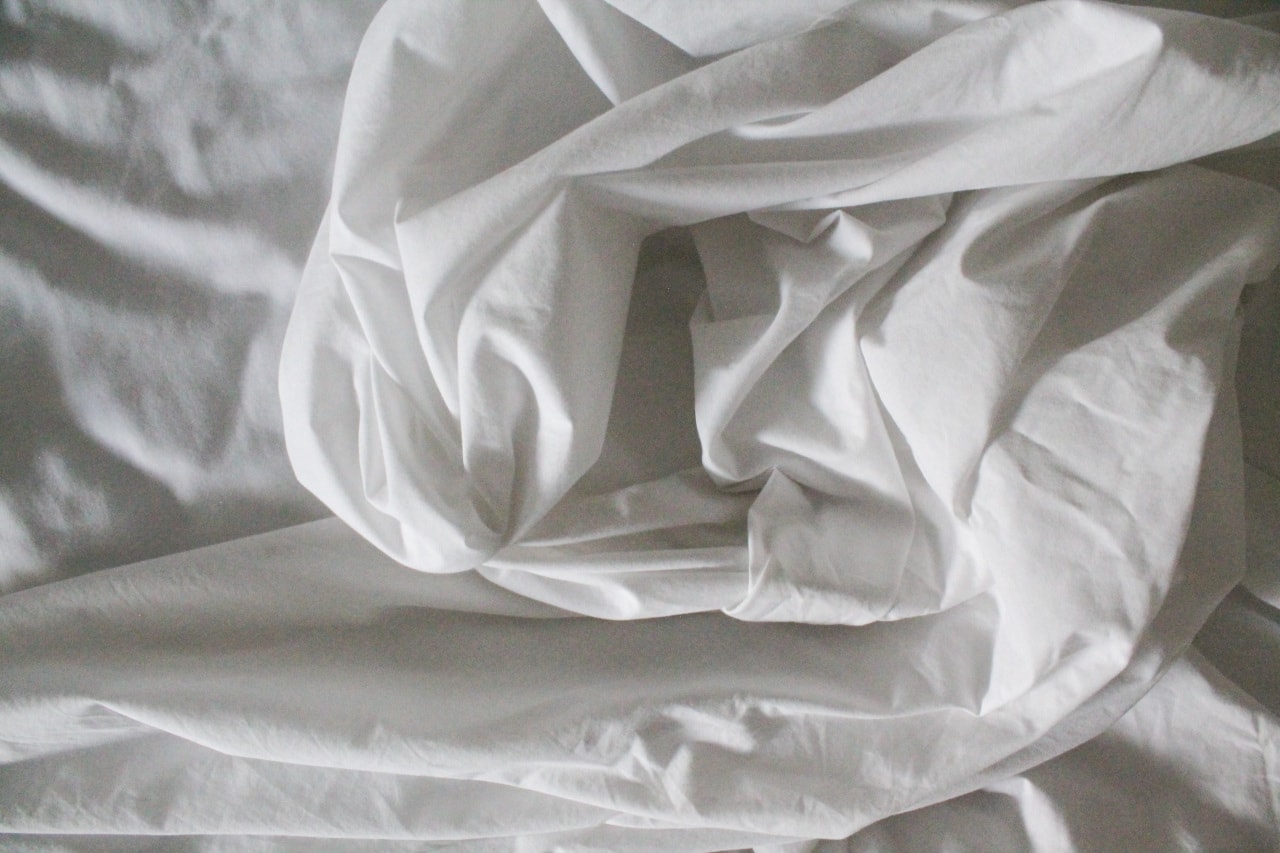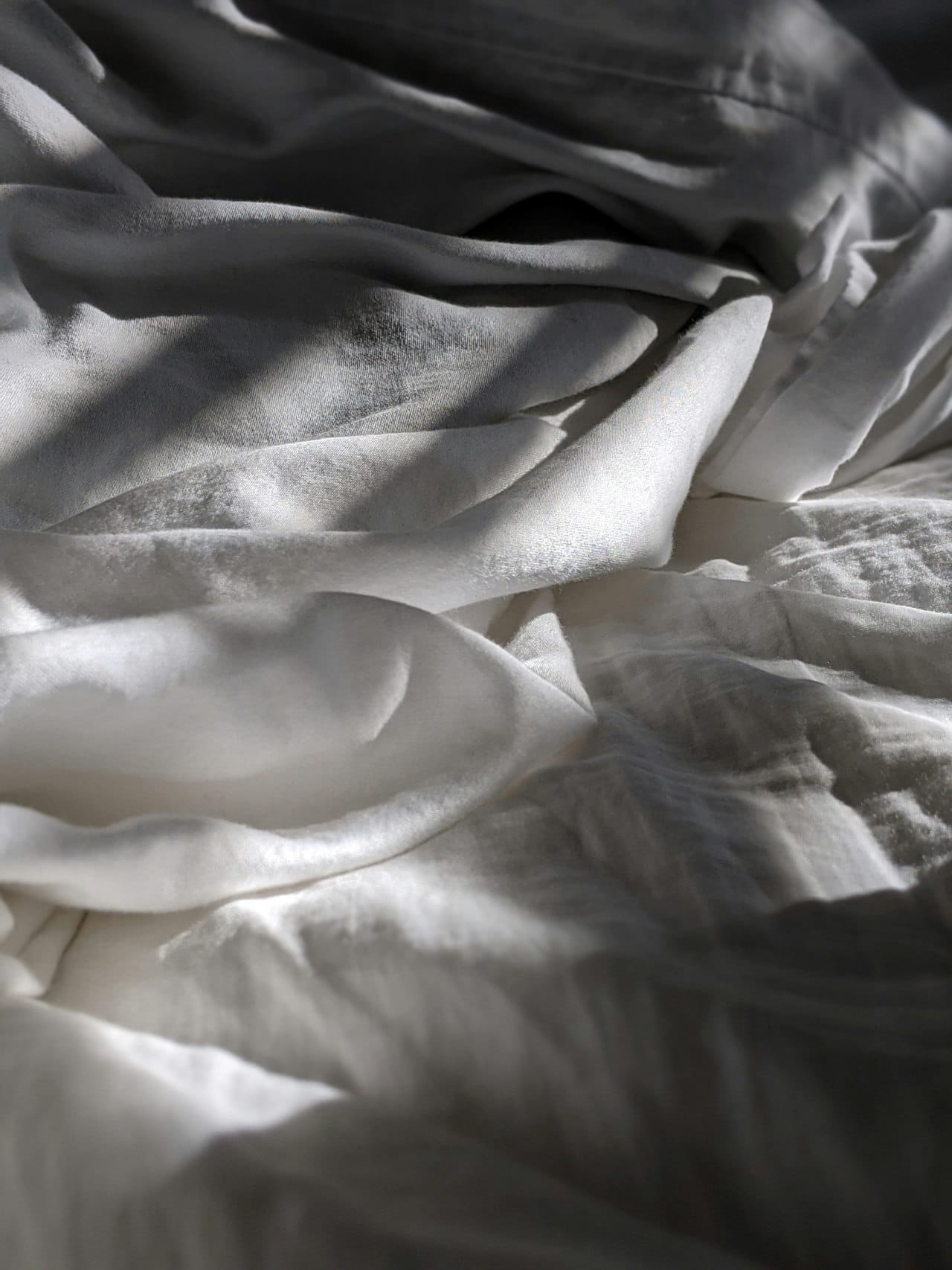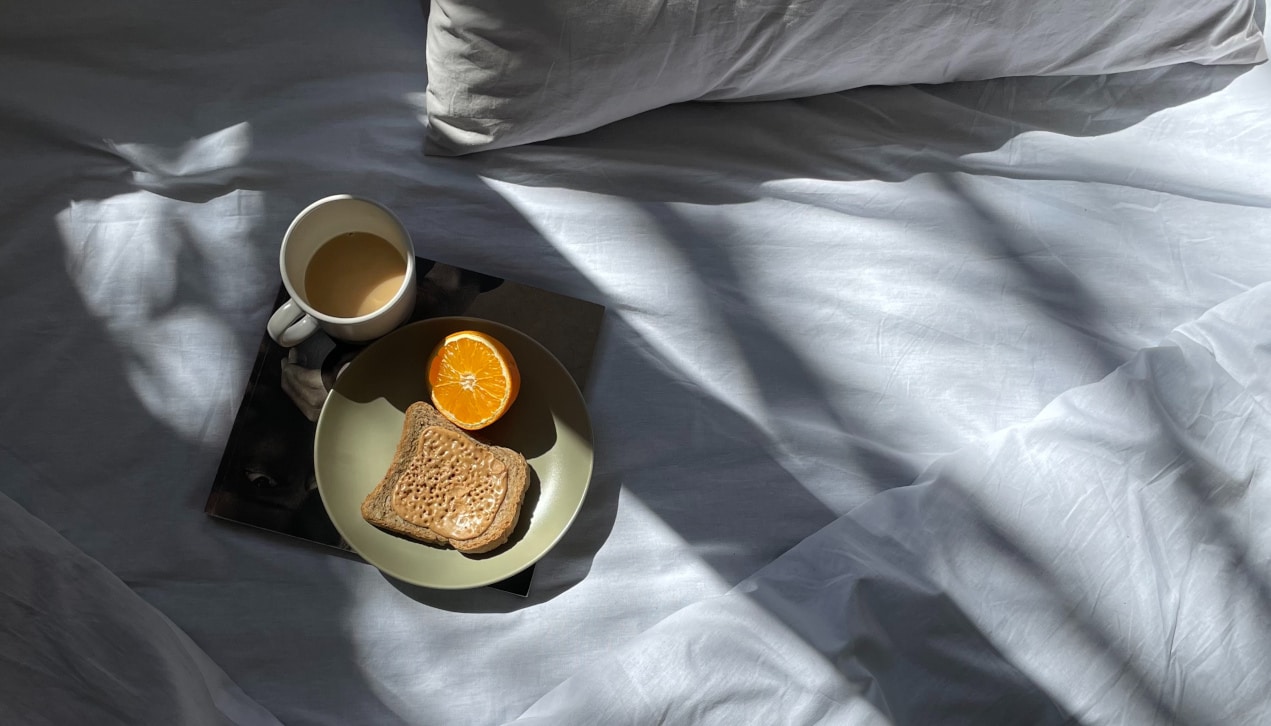In today’s world, where the environment’s well-being is on everyone’s mind, choosing eco-friendly bed linen becomes essential. The comforting hug of your bed is much more satisfying when you know you’re wrapped up in sustainable luxury. So, how can you ensure you’re making the best green choices for your bed? Let’s dive into ten tips to help you select the most environmentally friendly materials for your linens, ensuring you dream sweetly and sustainably.
Research the material
Start by investigating the source material. Organic cotton, bamboo, and linen (derived from the flax plant) are among the top eco-friendly options. Organic cotton, for instance, uses less water and is grown without harmful pesticides. Make sure you understand where the material comes from and how it’s grown or produced.
Look for certifications
Certifications can be a straightforward way to ensure you’re getting genuine eco-friendly products. Global Organic Textile Standard (GOTS) and OEKO-TEX are two notable certifications. They ensure materials are organic, free from harmful chemicals, and made sustainably.
Choose natural fibers
Synthetic materials, such as polyester, often derive from petrochemicals and may not be biodegradable. Instead, focus on natural fibers, which are both gentle on your skin and the environment.
Dyes matter
The color and design of your luxury fitted sheets and other bed linens can make a huge difference in their eco-friendliness. Opt for linens dyed with natural, plant-based dyes instead of chemical ones. This choice not only benefits the earth but also ensures your skin isn’t in contact with potentially harmful substances.

Photo by Justine Camacho on Unsplash
Mind the manufacturing process
It’s not just about the raw material, but also how it’s transformed into that soft sheet or pillowcase. Environmentally friendly manufacturing processes use less water, energy, and produce fewer emissions.
Avoid wrinkle-free treatments
Though the idea of wrinkle-free sheets might be tempting, they often contain formaldehyde resin, a potential irritant and a known carcinogen. Instead, embrace the natural, slightly crumpled look, or smooth out your sheets with a good old-fashioned iron.
Consider durability
An eco-friendly sheet isn’t genuinely sustainable if it wears out after a few uses. Quality, long-lasting linens mean you’ll buy less often, reducing the overall environmental impact. Durability doesn’t mean compromising on comfort – many eco-friendly materials become softer with every wash!
Think local
By buying locally produced bed linens, you’re not only supporting local businesses but also reducing the carbon footprint associated with transporting goods long distances. Investigate local artisans or stores that source regionally.

Photo by Susan Wilkinson on Unsplash
Recycle or upcycle
When it’s time to bid farewell to your beloved sheets, think twice before tossing them. Can they be repurposed as cleaning rags, crafts, or even pet bedding? If they’re beyond use, ensure they’re recycled properly, especially if made from natural fibers.
Educate and spread the word
As you embark on this journey of eco-friendly sleep, share your knowledge. Recommend trusted brands to friends, write reviews, or even post about your new sustainable bed setup. Every ripple creates a wave!
Look for fair trade products
Beyond just environmentally-friendly, it’s crucial to consider the ethics behind your bed linen. Fair Trade ensures that the people involved in the production process – from farming to crafting – are paid fairly, work in safe conditions, and are not subjected to forced or child labor. By choosing Fair Trade products, you’re endorsing both ecological and ethical production.
Check the packaging
Sometimes, what’s outside matters as much as what’s inside. Eco-friendly products should ideally come in sustainable packaging. Look for minimal, recycled, or compostable packaging to ensure that the environmental impact is reduced at all stages of the product lifecycle. If the bed linen is wrapped in plastic or non-biodegradable materials, it might be a sign that the company isn’t wholly committed to sustainability.
Choosing eco-friendly bed linen is more than just a trend – it’s a step towards a more sustainable future. From the type of material and dyes used to the manufacturing process and even post-use disposal, every aspect matters. Embracing natural fibers, considering durability, and supporting local businesses are only a few ways to ensure that our nights are as green as our days. So next time you’re shopping for new fitted sheets or duvet covers, keep these tips in mind and make choices that benefit both you and Mother Earth.
Top photo by nilufar nattaq on Unsplash








